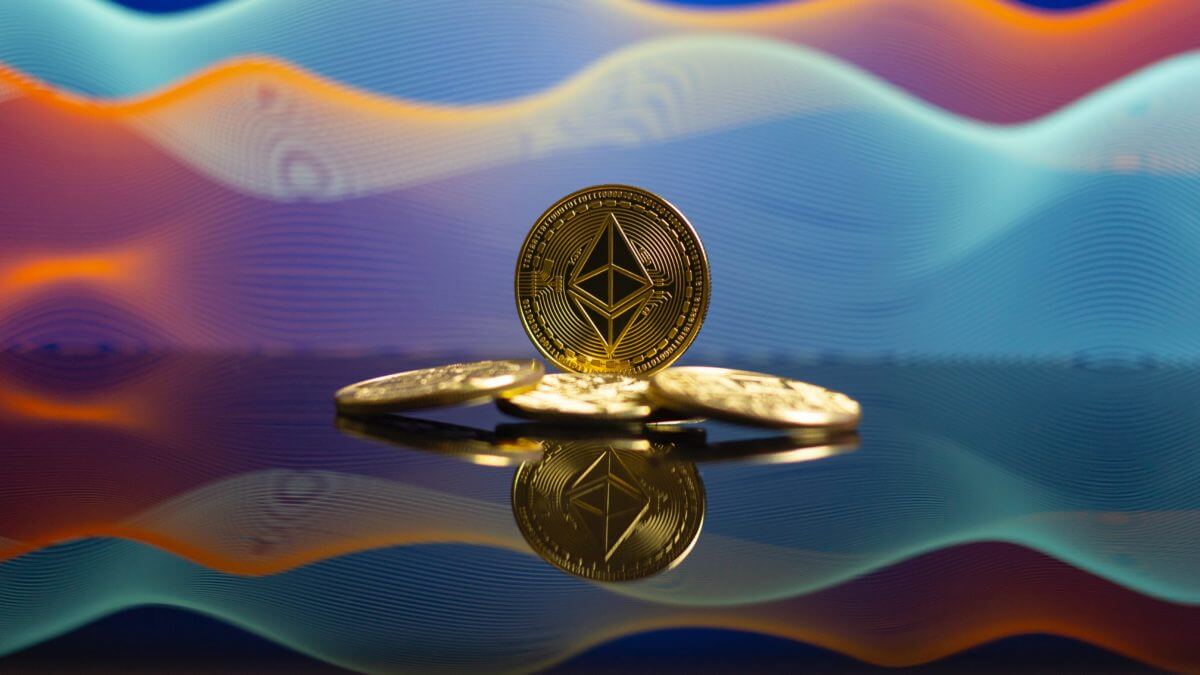
What Advantages Has the ‘Merge’ Brought to the Ethereum Ecosystem?
By this point, it should be abundantly evident that the much-hyped “Merge” and all the myths surrounding it achieved nothing to reduce the exorbitant gas fees connected with typical Ethereum transactions. Additionally, the ‘Merge’ did not speed up Ethereum transactions, which are infamously slow. The ‘Merge’ did what, if anything, to advance the Ethereum ecosystem?
Of course, the ‘Merge’ changed Ethereum from a Proof of Work consensus structure to a Proof of Stake framework. Greater energy efficiency is the first advantage of this transition because it uses much less energy to create blocks. According to some estimations, Ethereum’s switch to proof of stake will significantly lower the amount of energy it uses. Crypto’s Long-Awaited “Merge” Has Successfully Completed. In turn, “it will lower its carbon impact at a time of rising global temperatures, helping to enhance the public’s perception of cryptocurrency” Bitcoin Turns Green? The Ethereum merger dramatically reduces energy consumption by 99%.
Paradoxically, while conducting research for this paper, an intriguing nugget of knowledge was discovered. Were you aware that, following the “Merge,” Ethereum now uses less energy than both Netflix and Paypal combined? Additionally, the “Merge” has provided Ethereum two other significant advantages. First off, the number of blocks created each day on Ethereum has sharply increased.
The Ethereum Merge boosts block creation with a faster average block time. On the same day, the daily number of blocks created shot up by around 18%, from about 6,000 to 7,100 blocks per day.Second, the average block time significantly decreased throughout the same time period. The average block time, which measures how long it takes miners or validators on a network to validate transactions, for Ethereum decreased by nearly 13% after the “Merge.”
51% assault on the Ethereum Network
And as was to be expected, the decline in GPU prices was a direct result of the move away from the hardware-dependent Proof of Work standard. According to a Chinese seller, the Nvidia GeForce RTX 3080’s pricing in China decreased from 8,000 yuan, or $1,118, to 5,000 yuan in just three months. The vendor added that nobody in China is purchasing new laptops, much less new GPUs. When will Ethereum finally address the issues of high gas fees and long transaction speeds given that the “Merge” failed to do so? So we kind of have to wait a little longer.
The prospect of a 51% attack was the main concern or doubt the crypto community had with Ethereum’s Proof of Stake Blockchain. This is because four entities—Lido (30.02%), Coinbase (14.55%), Kraken (8.27%), and Binance (6.6%)—hold the majority (almost 60%) of the ETH Beacon Chain’s validation power. What if these entities band together and try to launch a 51% attack to take control of the Ethereum Network?
In any case, once an attacker has complete control over a network, they can rewrite and rearrange transactions in the Ethereum Blockchain in order to carry out harmful operations like calling back already-processed transactions, stealing money, or censurating particular transactions.
Furthermore, there is a chance that they will follow government orders given that Cexs like Coinbase and Kraken hold a sizable percentage of the Ethereum Blockchain’s validation power. For instance, the US Treasury Department may exert pressure on them to revoke addresses, the transactions of specific users, businesses, etc.




